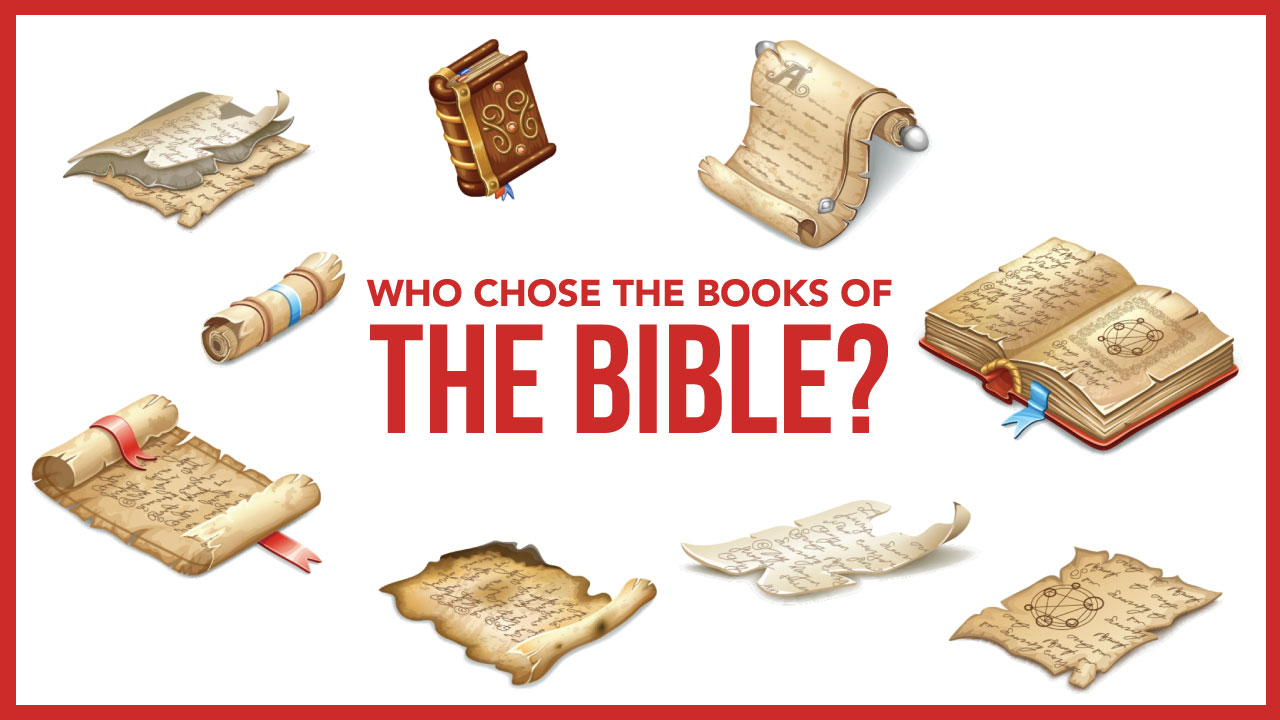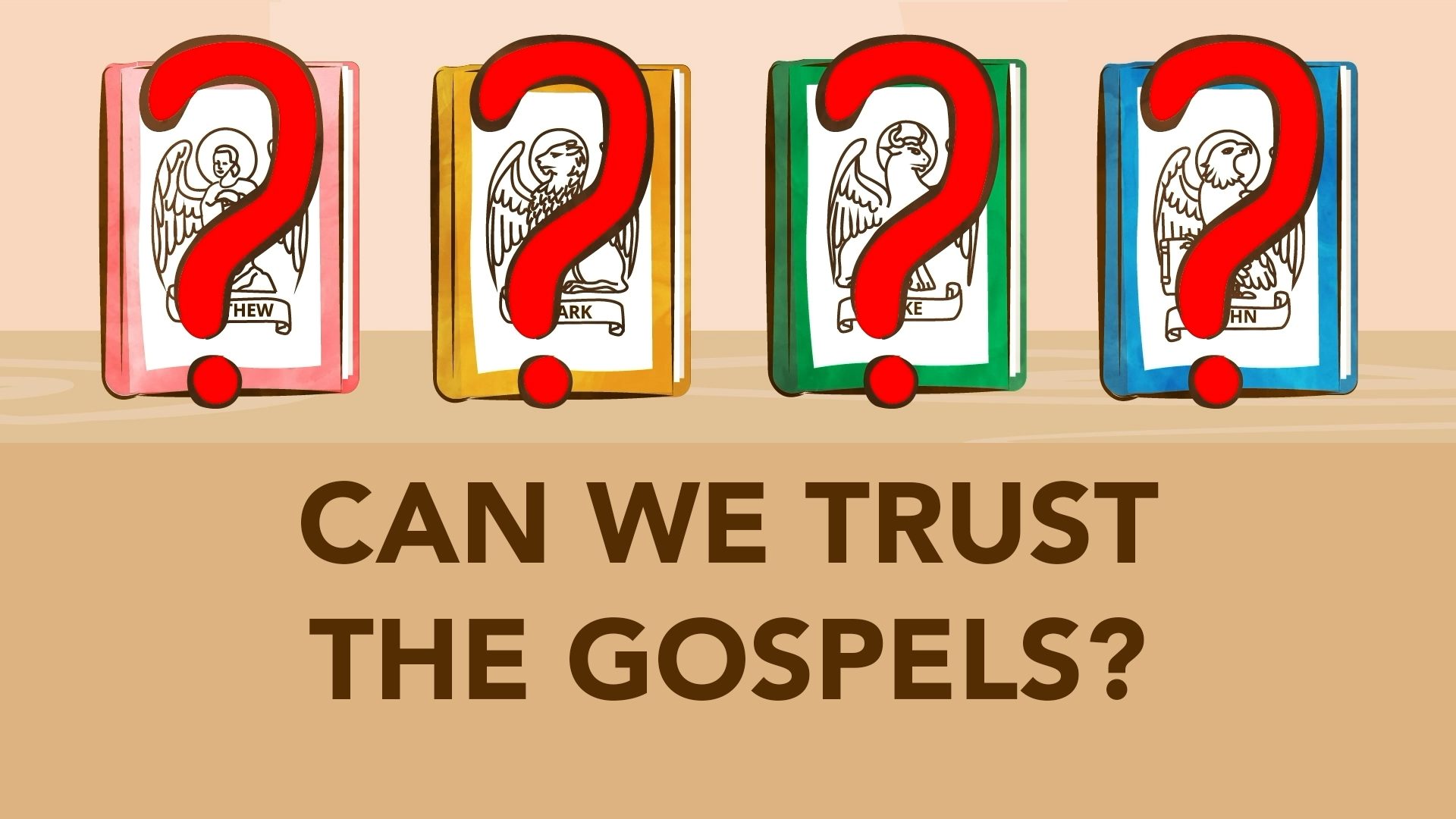You’re in a conversation and someone says, “there are so many translations of the Bible. Which is the right one?”
What would you say?
A trip to the bookstore will reveal a number of translations known by an alphabet soup of initials: KJV, ESV, NIV, RSV, or NET. These versions are published in any number of formats like study Bibles, devotional Bibles, even specialty Bibles that appeal to a niche market. Which one is the Word of God? Which one is the most accurate? Why are some Bibles harder to read than others?
The next time someone asks, “which is the right translation?”, here are 3 things to remember:
1. Most popular, modern translations are faithful to the ancient manuscripts from which they were translated.
2. Translating from one language to another involves trade-offs that yield different results.
3. The extra material printed alongside the words of scripture does not have the authority of scripture.
You’re in a conversation and someone says, “there are so many translations of the Bible. Which is the right one?" What would you say? A trip to the bookstore will reveal a number of translations known by an alphabet soup of initials: KJV, ESV, NIV, RSV, or NET. These versions are published in any number of formats like study Bibles, devotional Bibles, even specialty Bibles that appeal to a niche market. Which one is the Word of God? Which one is the most accurate? Why are some Bibles harder to read than others? The next time someone asks, “which is the right translation?”, here are 3 things to remember: Number 1: Most popular, modern translations are faithful to the ancient manuscripts from which they were translated. No one knows where the original manuscripts of the texts that became the Bible are today. What we have are reliable copies of those originals in ancient Hebrew, Aramaic, and Greek. These are collected and published in standard reference works which translators use to produce modern translations of the Bible in modern languages. Most popular, modern, non-sectarian translations are referencing the same standard original language texts. There are of course small differences in these texts which will lead to differences in translations. The famous King James Version and its revisions uses one collection of texts that is slightly different than the collection used by the New International Version. These differences do not alter Christian theology in the least, but they may result in translation differences and even some verses being left out of a translation because they don’t appear in some collections of manuscripts. For example, Acts 8:37 doesn’t appear in the ESV but it does in the KJV. Why? Well, the ESV is a translation of slightly different manuscripts than the KJV, and those manuscripts don’t include this verse. Many scholars agree that this verse is probably not original to the book of Acts, but was added later by someone who hoped to clarify Christian theology. Number 2: Translating from one language to another involves trade-offs that yield different results. If you’ve studied another language, you know that it can be hard to translate ideas from one language into another. Something always gets lost in translation, and sometimes words just don’t have an equivalent translation in the target language. Translators have to find an approach, a translation philosophy, that can produce an accurate translation that is also readable. The idea of a translation philosophy can be understood as a continuum with most translations falling in between two poles. On one end, we have translation philosophies which try to emulate the original words and word order of a text as carefully as English will allow. This translation philosophy is often called “Formal Equivalence.” It aims to be as precise as possible, even if it means sacrificing a certain level of readability. Sometimes these translations are called word-for-word translations, but this is a misnomer. Translators never just translate words. That would not yield a readable result. At the other end of the continuum, we have a philosophy that is willing to sacrifice a measure precision for the sake of readability. This translation philosophy is called “Dynamic Equivalence.” These are sometimes called thought-for-thought translations, but again this is a misnomer, because thoughts are communicated with words which must be translated. A purely thought-for-thought translation could be insufficiently precise. It is important to realize that both philosophies can yield faithful translations. In fact, a translation may even vary in its adherence to a philosophy multiple times throughout the text. Each translation is a trade-off between formal equivalence and dynamic equivalence. Every translation sits somewhere on the continuum. Number 3: The extra material printed alongside the words of scripture does not have the authority of scripture. Modern Bibles often come with lots of extras. Publishers add notes to help people understand the text, pictures to illustrate concepts, maps to help you understand the geography, and sometimes articles that suggest how certain verses can apply to our lives today. It’s important to remember that these extras, while useful, are technically not the Bible. They reflect the perspective of the editors of that particular edition and should be carefully evaluated for error. They can be helpful resources, but we must remember they are not the Word of God. As you can see, ublishing a Bible translation involves more than just converting words from one language into another; it involves a lot of important decisions. In the end, you want to choose a Bible you can read. You may need some help understanding the ideas and concepts, but the English should be readable to you so that you can learn from it and live your life according to it. So the next time someone asks which Bible translation is best, remember these 3 things: Number 1: Most popular, modern translations are faithful to the ancient manuscripts from which they were translated. Number 2: Translating from one language to another involves trade-offs that yield different results. Number 3: The extra material printed alongside the words of scripture does not have the authority of scripture. For What Would You Say, I’m Steven Sanchez.
Authorized: The Use and Misuse of the King James Bible by Mark Ward https://www.amazon.com/s?k=authorized+the+use+and+misuse+of+the+king+james+bible&crid=39WDTERUYWUFZ&sprefix=Authorized+the+use%2Caps%2C217&ref=nb_sb_ss_ts-doa-p_1_18
One Bible, Many Versions: Are all Translations Created Equal? by Dave Brunn https://www.amazon.com/One-Bible-Many-Versions-Translations/dp/0830827153/ref=sr_1_1?dchild=1&keywords=One+bible+Many+versions&qid=1627921359&sr=8-1





